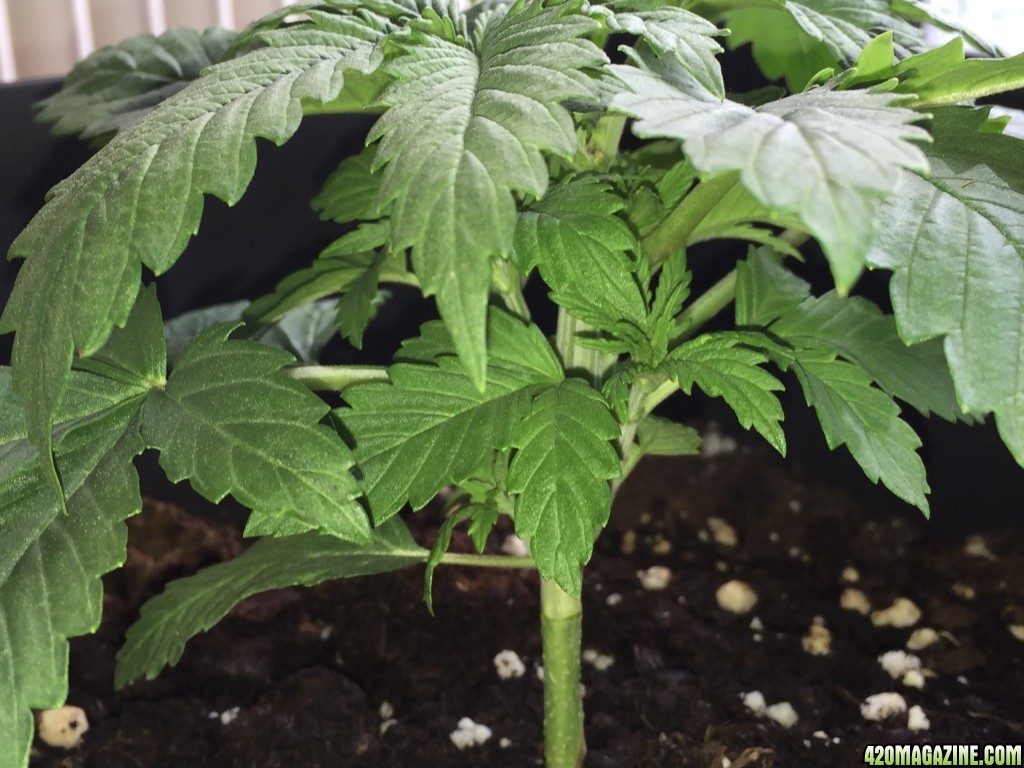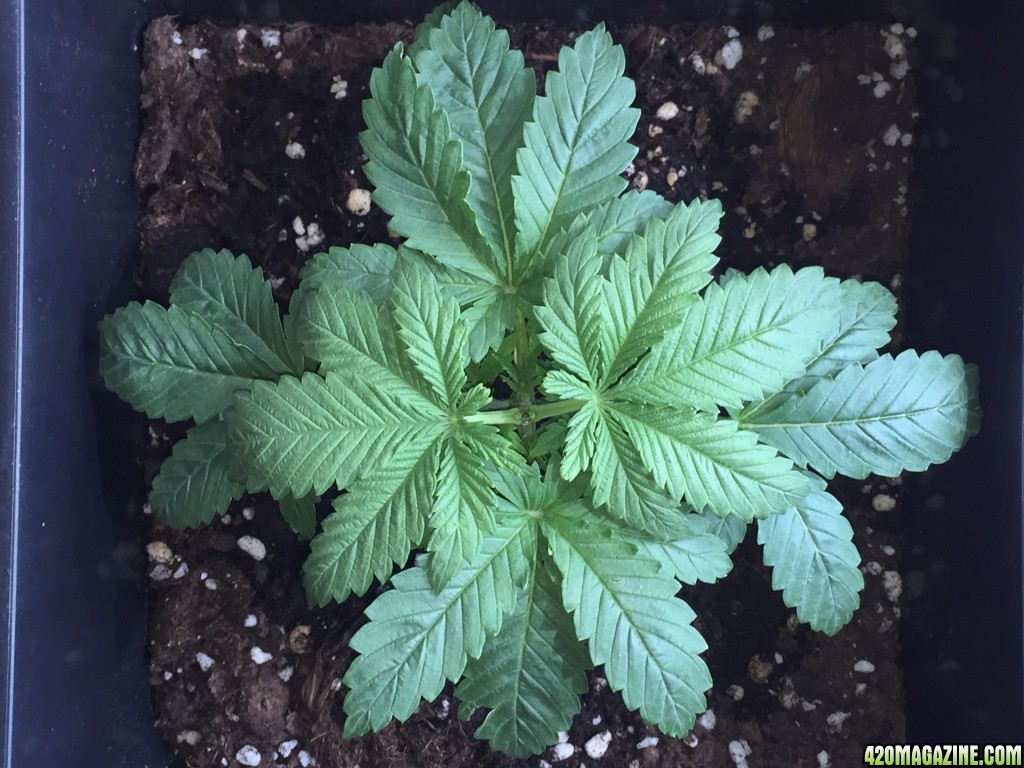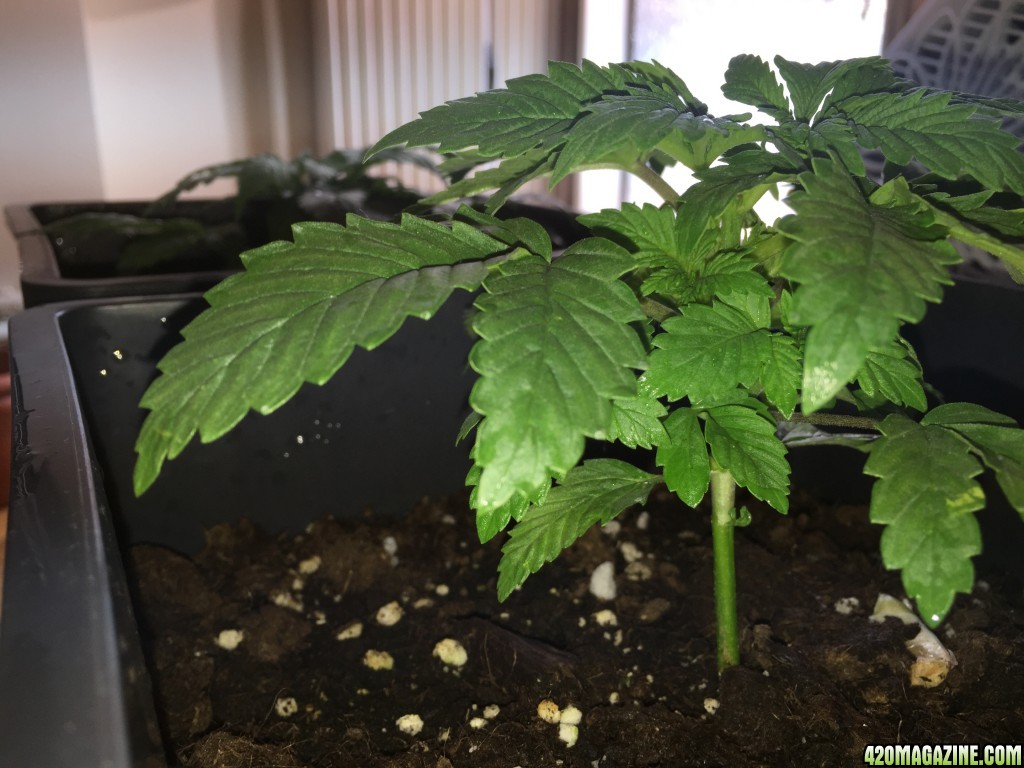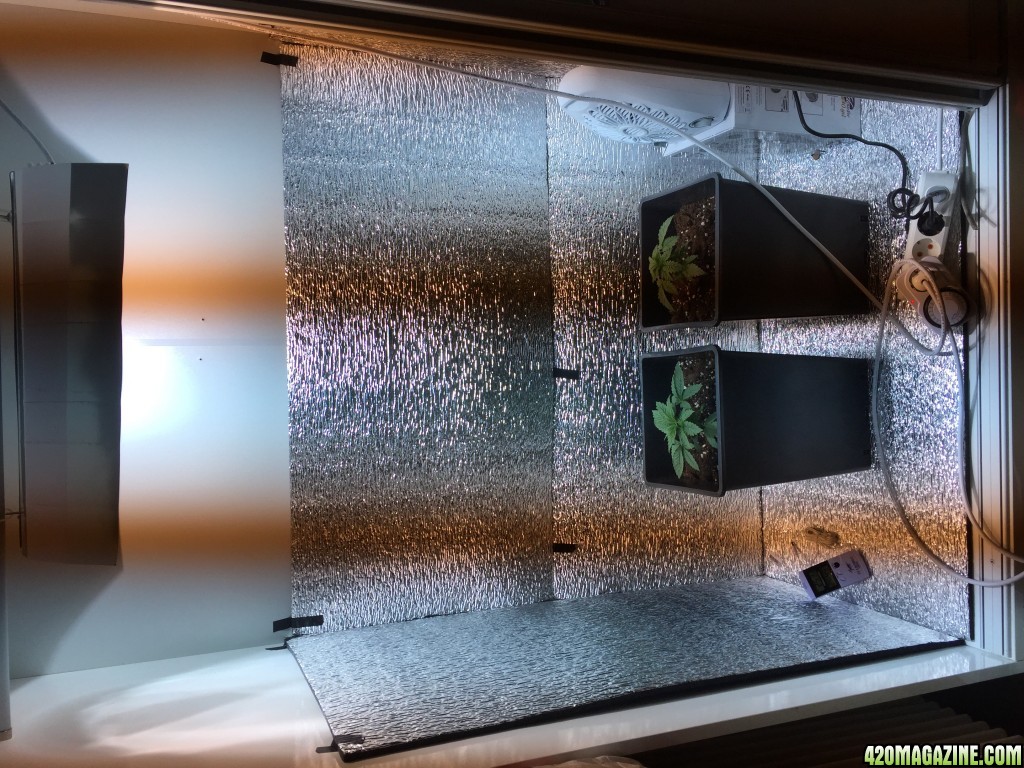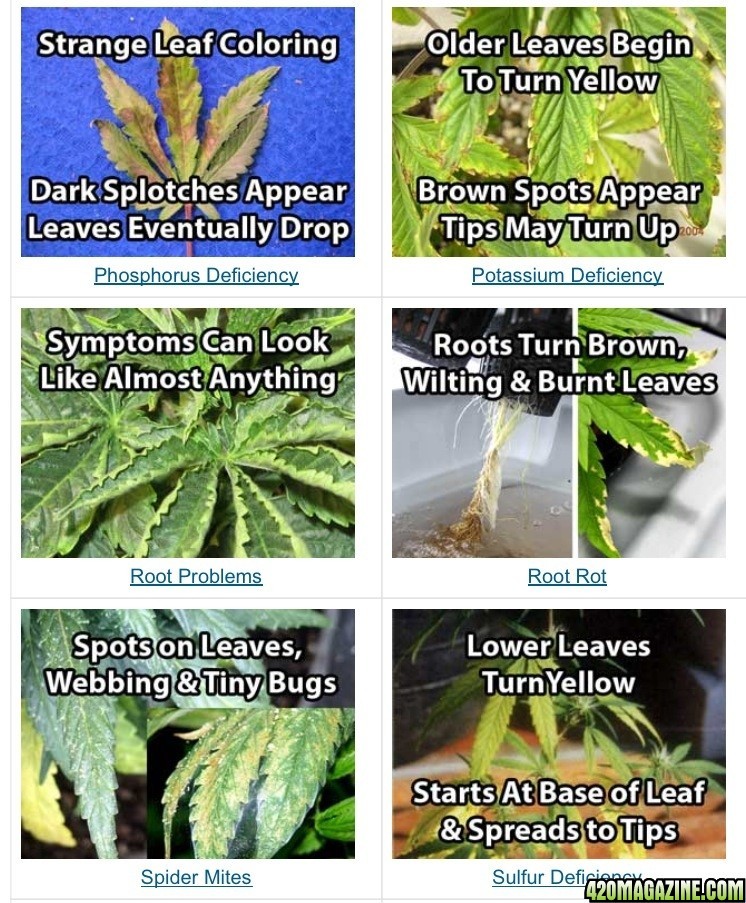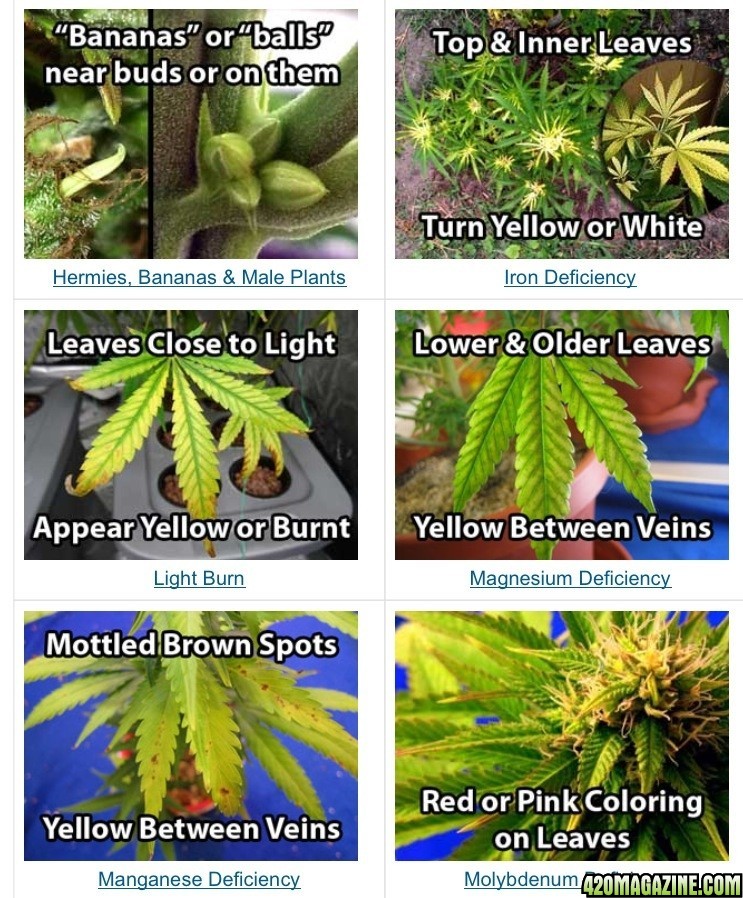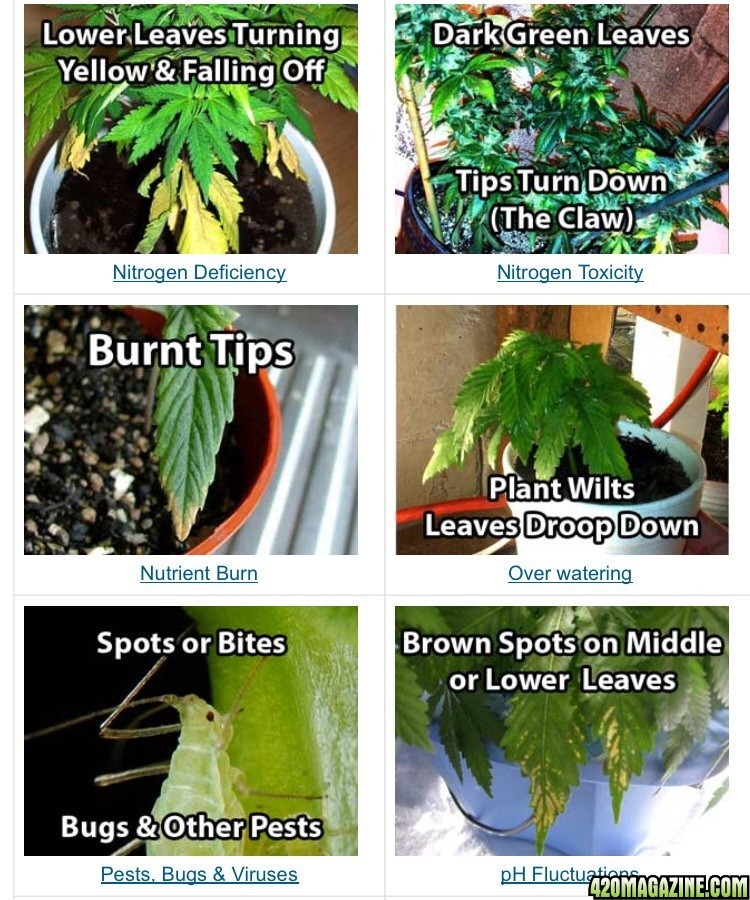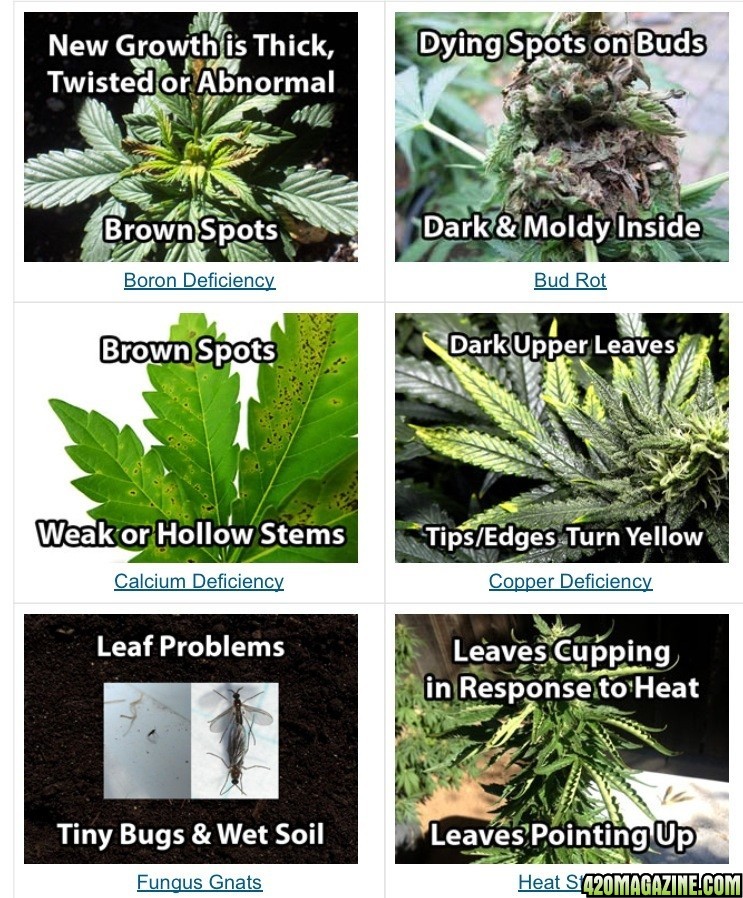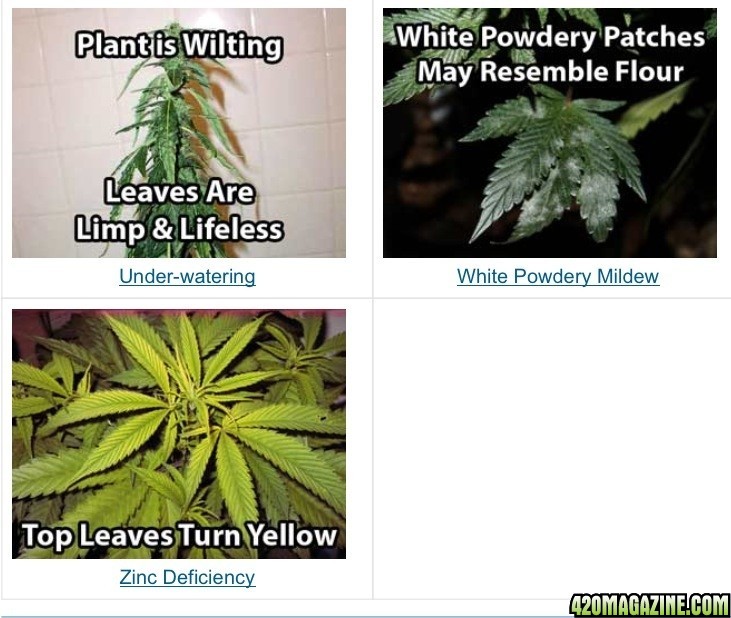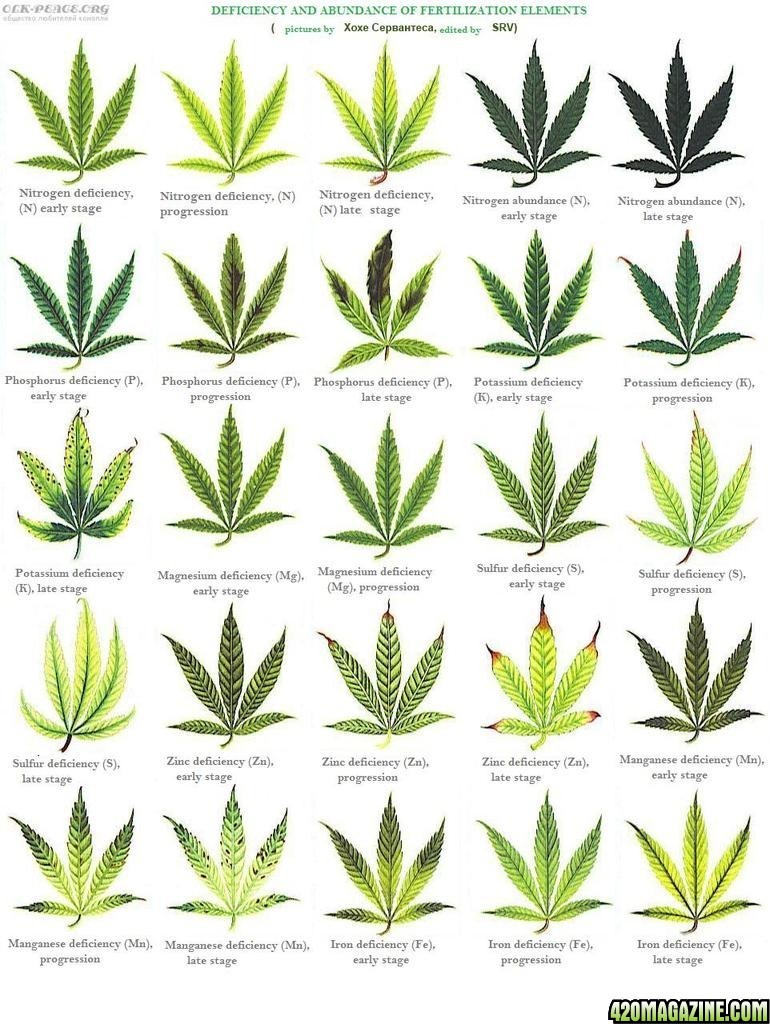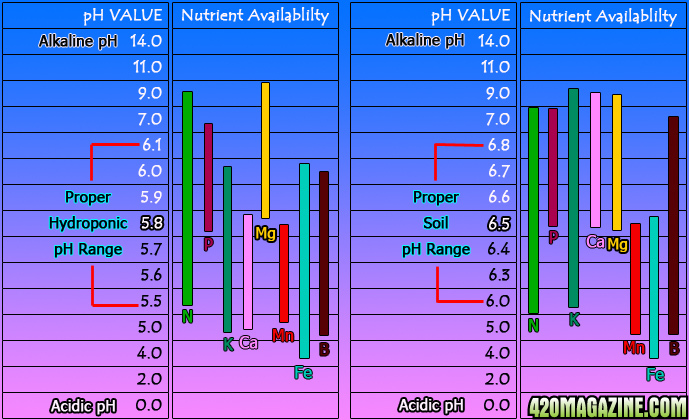Well another possibility is that you got a runt. I had a friend in grade school who had nothing but tall brothers and sisters and when he graduated from HS he was a whopping 5'2". He was always a bit of a runt his whole life. While it is kind of fun to play doctor and try to figure out what went wrong, sometimes it is best to let it go and move on. Enjoy the healthy pants you have.
Or it could be like another friend I had in grade school.. average height all the way through HS, graduated at 6' went in to the Marines came home 6 years later and I did not recognize him at 1st. He was 6'6" and huge. A late bloomer.
Or it could be like another friend I had in grade school.. average height all the way through HS, graduated at 6' went in to the Marines came home 6 years later and I did not recognize him at 1st. He was 6'6" and huge. A late bloomer.



